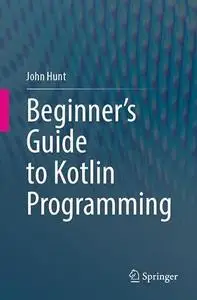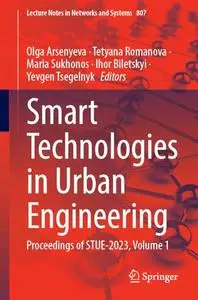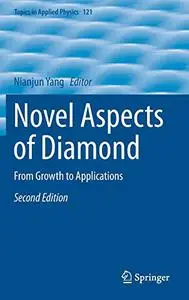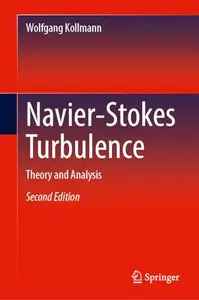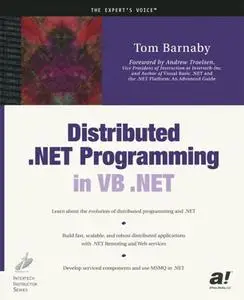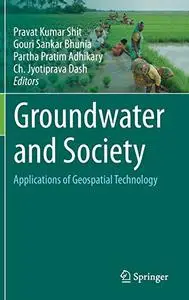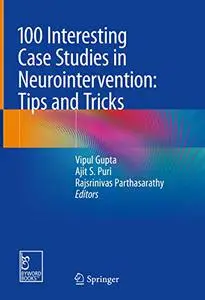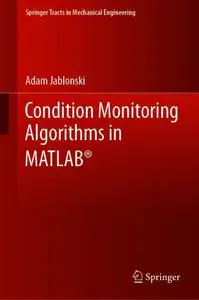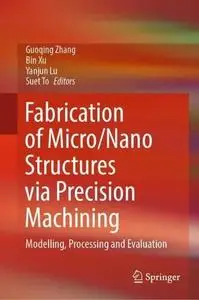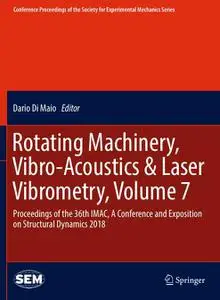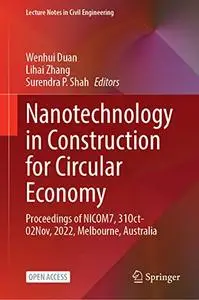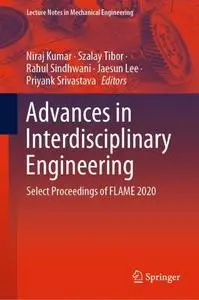Nanotechnology in Construction for Circular Economy: Proceedings of NICOM7, 31 October–02 November, 2022, Melbourne, Australia by Wenhui Duan, Lihai Zhang, Surendra P. Shah
English | EPUB (True) | 2023 | 525 Pages | ISBN : 9819933293 | 120.9 MB
This book covers emerging opportunities and future use of nanotechnology in construction, including deep advances in cement chemistry, nanotechnology, artificial intelligence, robotics, concrete technology, and extreme engineering (blast, impact and fire). The proceedings also presents sectorial interactions within the traditional construction industry supply chain, enabled by the dynamic partnership between international industry, government agencies, and universities. Nanotechnology has transformed the construction materials industry into an advanced manufacturing sector to address climate change and carbon neutrality challenges by delivering sustainable and resilient infrastructure assets. Hence, this book reports specific advances in nanoscience and nano-engineering, and their impacts on numerous novel construction materials including binders, additives, high-performance concrete materials, concrete structural systems, polymer composites, and pavement materials.


